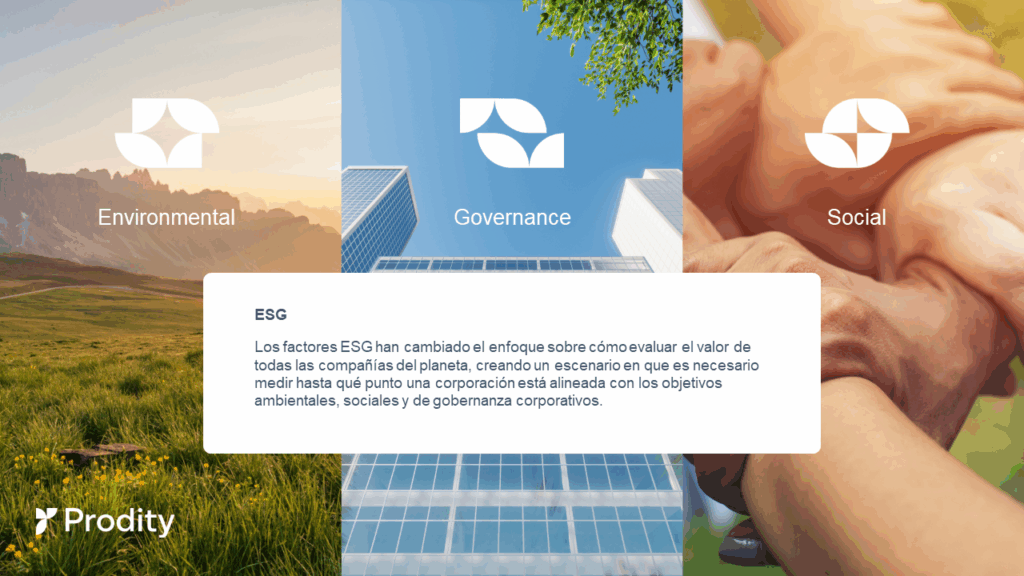In recent years, concepts such as sustainability and responsible management have gained prominence in the business world. However, there is still some confusion between two approaches that, although related, have different objectives and applications: ESG and CSR. Understanding the difference is essential for companies seeking to position themselves in a solid way in the eyes of investors, customers and society in general.

The ESG vs. CSR conversation is not about choosing between one or the other, but about understanding how each model adds value and which is more appropriate for the business strategy.
Corporate social responsibility in perspective
CSR was born as a way of showing companies’ commitment to their environment. In many cases it was linked to philanthropy: donations, sponsorships, cultural or environmental programs. Over time, it has expanded to include corporate volunteering initiatives, recycling campaigns and social projects designed to enhance reputation.
This approach, while valuable, is often perceived as a complement to business activity, rather than as a core business focus. In some sectors, its real impact has even been questioned, as it is not always accompanied by structural changes or verifiable metrics.
The emergence of ESG criteria
ESG criteria, on the other hand, have brought about a profound change. Instead of focusing on specific initiatives, they seek to integrate sustainability into the management model itself. They do so through measurable indicators covering three essential dimensions: environmental, social and governance.
This framework makes it possible to evaluate, for example, a company’s level of emissions, its diversity and inclusion policy or the transparency of its board of directors. As they are verifiable, they become a highly valued tool for investors and regulators.
Practical differences that mark the strategy
The differences between the two approaches are not only conceptual, but also practical:
- Temporality: CSR actions are usually one-off; ESG criteria require an ongoing strategy.
- Evaluation: while the former is measured in perceptions or visible impacts, the latter offers objective and comparable data.
- Motivation: CSR responds to social and reputational commitment; ESG to risk management and sustainable value creation.
- Scalability: social projects can be limited to certain areas; sustainable indicators impact the entire organization.

Market demand and regulatory pressure
One of the factors behind the rise of sustainable criteria is market pressure. More and more investors are demanding clear and quantifiable information before deciding where to put their capital. Similarly, international regulations are pushing companies to publish standardized and auditable sustainability reports.
This does not mean that CSR is obsolete: it is still an important channel for connecting with the community and reinforcing brand proximity. The difference is that, while one strengthens the image, the other ensures transparency and resilience in the long term.
How to combine them effectively
The key for modern organizations is not to choose between one or the other, but to learn how to integrate them. A company can design social campaigns that reinforce its commitment to the environment, while building a system of indicators to support its sustainable performance.
This two-pronged approach brings significant advantages: a positive reputation in the eyes of the general public and the confidence of the financial markets thanks to verifiable data.
Examples in different sectors
- Energy industry: while CSR may focus on reforestation projects, sustainable indicators assess emission reductions throughout the value chain.
- Food sector: a brand may donate food to vulnerable communities, but at the same time needs to report how it manages water consumption or the traceability of its raw materials.
- Technology: digital empowerment programs in communities are part of CSR, while sustainable criteria analyze the ethical use of data and the energy efficiency of their data centers.
Conclusion
Understanding the difference between the two approaches is vital to designing a coherent business strategy. While CSR enables a close connection with the community and reinforces social commitment, sustainability criteria offer transparency, credibility and trust in the long term.
The future lies in combining both models, transforming sustainability into a real competitive factor. To facilitate this process, specialized digital tools make it possible to collect data, manage indicators and monitor social projects in a single environment. Prodity Software offers solutions that help organizations to effectively integrate sustainability into their strategy, promoting a more solid, transparent and aligned management with current expectations.









